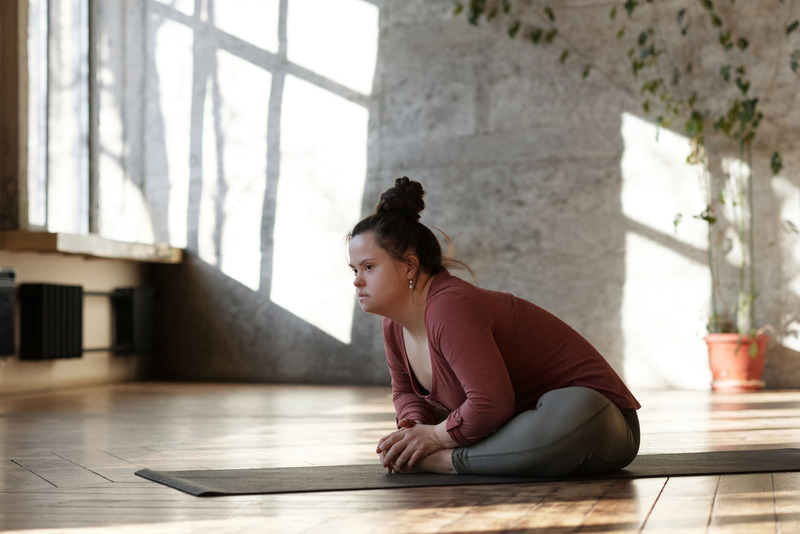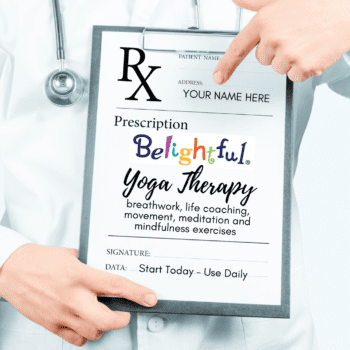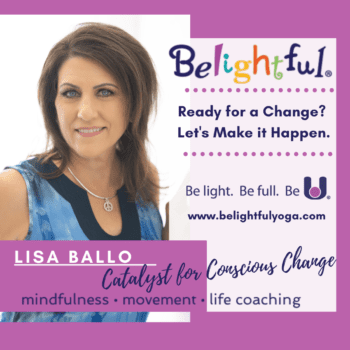Obviously, the ability to self-regulate is important for everyone. It’s a necessary skill to thrive in the parameters set by society.
However, learning self-regulation is crucial for those with special needs because for many individuals in this population, it doesn’t come naturally and has to be learned.
This is true not only for some people on the autism spectrum, but for others with Down syndrome, ADHD, cerebral palsy, or any other number of conditions that may have impacted their development.
And learning to self-regulate is especially valuable for children so they can utilize these skills as they move into adulthood.
What Is Self-Regulation?
Simply put, self-regulation is the ability to manage one’s emotions and behavior in a manner that meets the demands of the situation. It means that a person has the ability to resist highly emotional reactions to upsetting stimuli.
Someone able to practice self-regulation has the tools to calm themselves down when upset and to adjust to a change in expectations.
Most importantly, he or she knows how to handle frustration without having an emotional outburst or tantrum.
At the end of the day, acquiring this set of skills enables individuals to direct their own behavior towards a goal, regardless of the unpredictability of a situation.
Why Self-Regulation Is Crucial
Learning how to take a pause between a feeling and an action allows space for thinking things through, making a plan, and then waiting patiently.
Children – and particularly those with special needs – often struggle with these behaviors. And this lack of self-regulation can cause problems. For example, if a child expresses frustration by frequently yelling at or hitting other children is not going to have many friends. He or she may also face disciplinary action at school.
Yet, it’s not just children who struggle with poor self-regulation skills. For adults who have difficulty handling stress and frustration, it can result in a lack of self-confidence and self-esteem. They may be prone to anger and anxiety. In more severe cases, they may even be diagnosed with a mental disorder.
Fortunately, both research and anecdotal experiences have shown that learning mindfulness meditation can go a long way toward alleviating self-regulation issues.
What Is Mindfulness?
Without getting too academic, mindfulness meditation has its origin in the Buddhist psychology tradition and a cycle of teachings that concern how the mind (including emotions and consciousness) operate.
The word “mindfulness” corresponds to the translation of the original terms smrti (from Sanskrit) or sati (Pali), which concerns itself with the capacity to retain an object in the mind. On a broader level, is also implies simply being aware of the present moment.
By intentionally paying attention to the present experience through mindfulness, an individual begins to develop non-reactive awareness.
As Dr. Jon Kabat-Zinn, founder of Mindfulness-Based Stress Reduction (MBSR), says, “mindfulness is the awareness that arises from paying attention, on purpose, in the present moment [and without judgment].”
The Benefits of Mindfulness
Mindfulness is good for everyone. But it’s especially effective for children (and adults) with self-regulation challenges. By teaching individuals to focus on gratitude and breathing, mindfulness enables them to put some space between themselves and their reactions. This all culminates in improved focus and feelings of calmness and relaxation.
Furthermore, mindfulness encourages people to work with what they have. For example, a child with ADHD is often subject to negative reinforcement because of his or her behavior. But mindfulness encourages curiosity, awareness, and acceptance to foster the child’s ability to reach his or her potential.
In the end, rather than fighting against the energy created by ADHD, mindfulness allows both the child and the parents to understand and utilize that energy in a more positive way.
To break it down, when those who struggle with emotional regulation are part of an environment that’s modeling reflective and analytic rather than emotional and fast-paced, they learn to make better choices. They become more thoughtful, reflective, and self-aware.
Learning the Three Steps
There are three steps in working with mindfulness.
The first is to recognize that in every situation, there are three options. Approach, avoid, or attack. Most of us believe that the choice of behavior is out of our control. It’s not though. Your feelings may lead you toward one path, but you soon learn you are not your feelings.
The second step is to become AWARE of those feelings without reacting to them. For instance, if you always feel immediately like lashing out in anger when you’re hurt or running from a difficult situation, start paying attention to how those feelings are showing up in your body instead. Is your heart racing? Do you feel a surge of adrenaline? Are you bordering on a panic attack?

Finally, restore balance. Focus on your breath and what you hold true. Zoom out from the discomfort and take a look at the bigger picture. Then rather than giving into the transient feelings, you can respond in a way that aligns with self-regulation.
Yes. Learning self-regulation through mindfulness takes practice. But it’s SO worth it.
Learning Self-Regulation Is Crucial
We know that self-regulation is crucial for kids and adults with special needs.
In fact, we’ve seen first-hand the efficacy of teaching these individuals mindfulness techniques to help them learn to self-regulate. And it’s incredibly rewarding.
So if you work in the special needs community and want to see how learning mindfulness can help your organization, contact us today. We will connect with you virtually or in person to help teach your group mindfulness practices.






